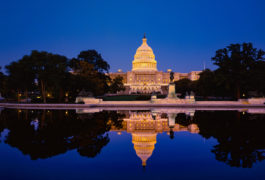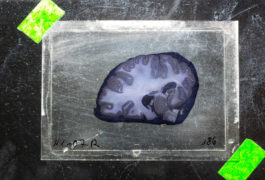Preprint questions validity of postmortem brain studies
But the alternatives, including living-brain biopsies, raise logistical and ethical questions, experts say.

But the alternatives, including living-brain biopsies, raise logistical and ethical questions, experts say.

The postmortem brain tissue available for autism research is overwhelmingly from people of Western European heritage. Verónica Martínez-Cerdeño and her colleagues are working to change that.

Autism BrainNet, a repository of postmortem brains, has new tissue from more than 150 brains, including 59 from people with confirmed or possible autism.

Any study of postmortem brains must control for artifacts, which are pervasive in brain tissue.

A technique called intracranial electroencephalography can reveal brain functions with great sensitivity and may ultimately unearth the underpinnings of autism.
New evidence links autism and cerebral palsy at the genetic level, facial expressions tend to mislead, and many health conditions accompany autism.
An interview for diagnosing adults on the spectrum clears its first hurdle, a fragile X drug eases multiple features of the syndrome in a mouse model, and a brain bank chronicles the beautiful diversity of neurons.

After five days and more than 13,000 abstracts, the Society for Neuroscience annual meeting in Washington, D.C., has drawn to a close.

New initiatives aim to increase brain donations for autism research and maximize what scientists can learn from these precious specimens.
Two researchers balk at talk that Wi-Fi and autism are linked, changes in an autism risk gene are tied to obsessive-compulsive traits in three species, and scientists plan to conduct a census of all of the brain’s cell types.